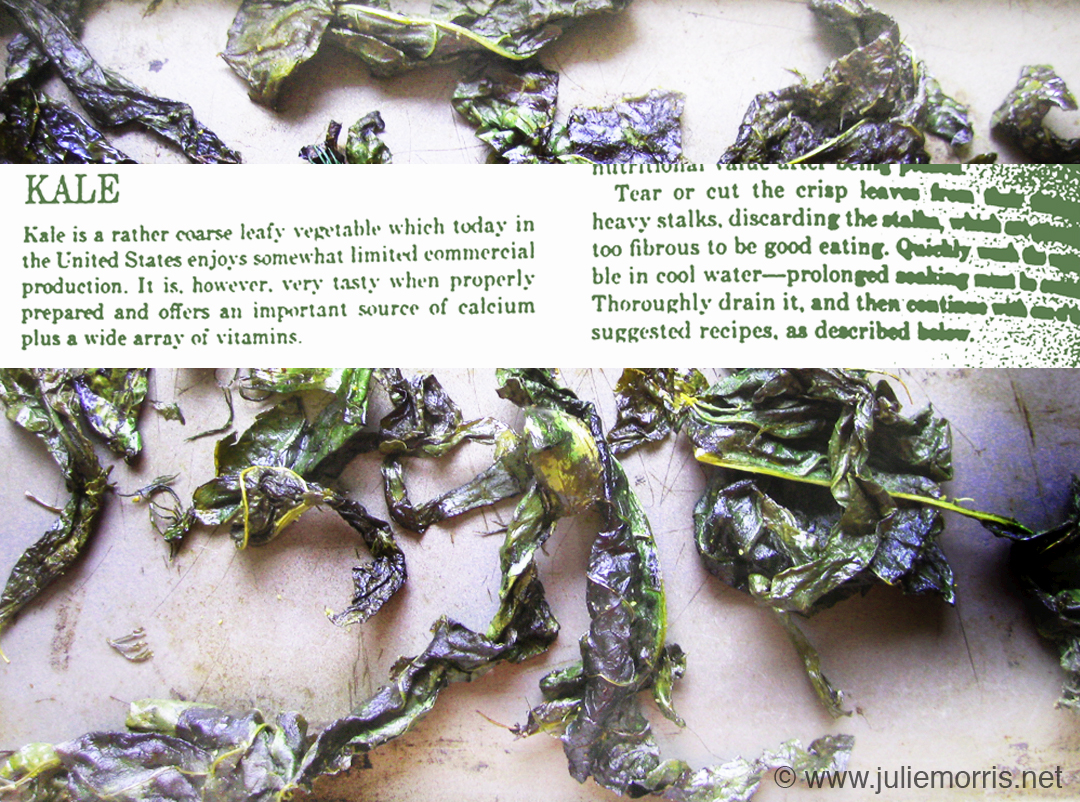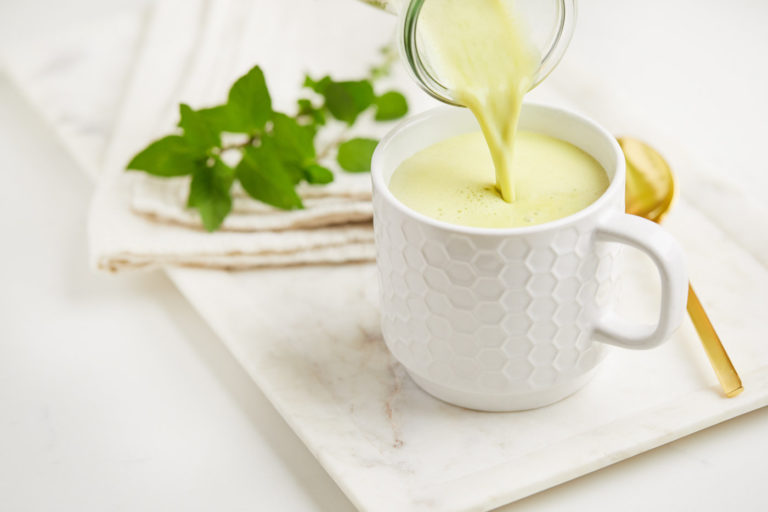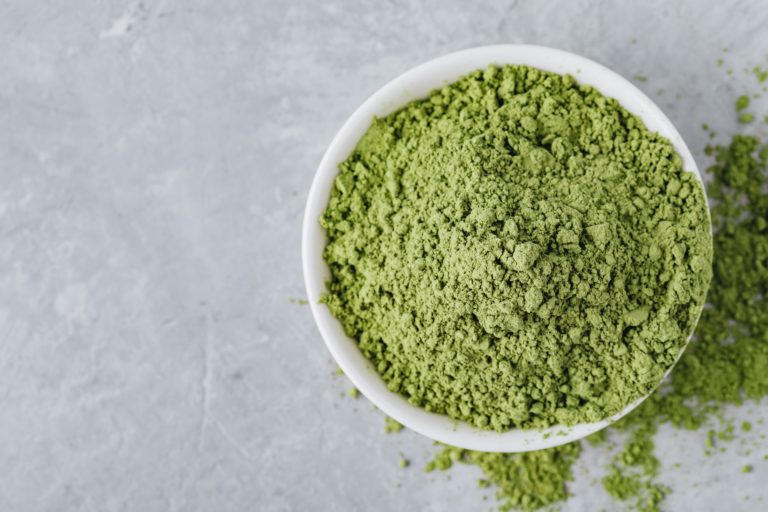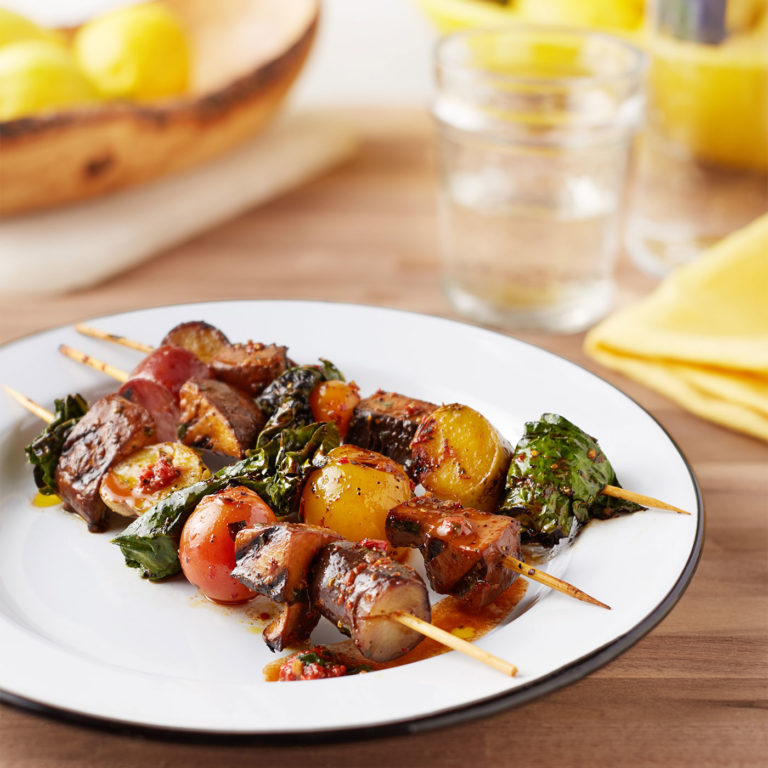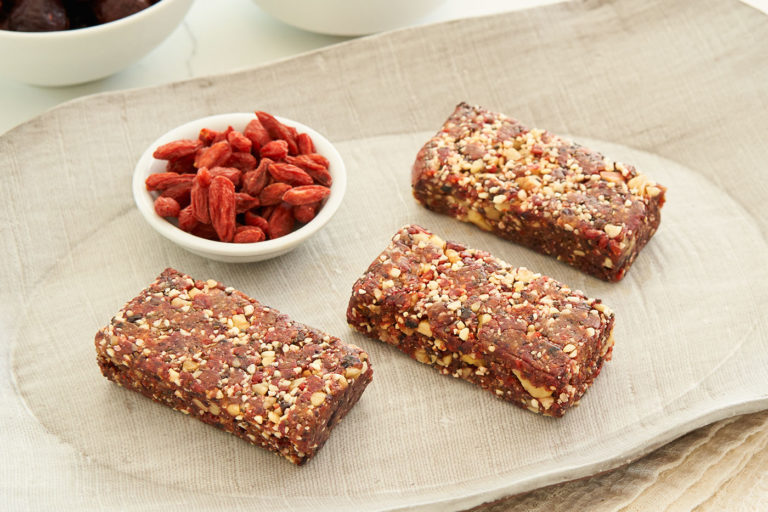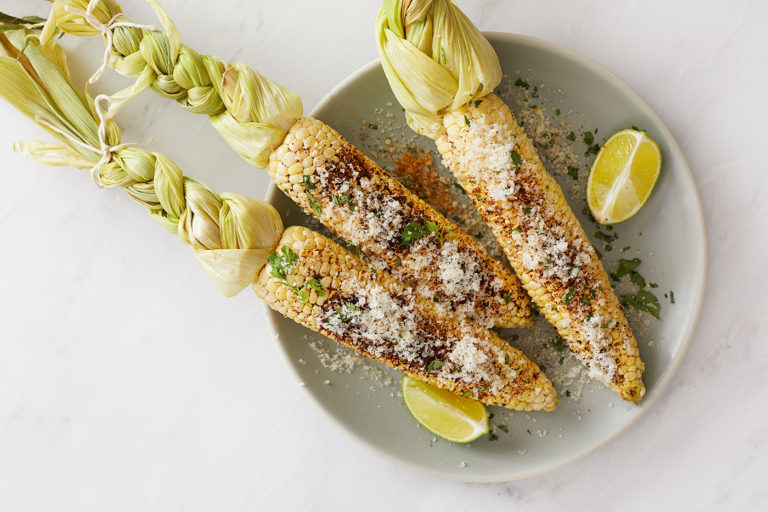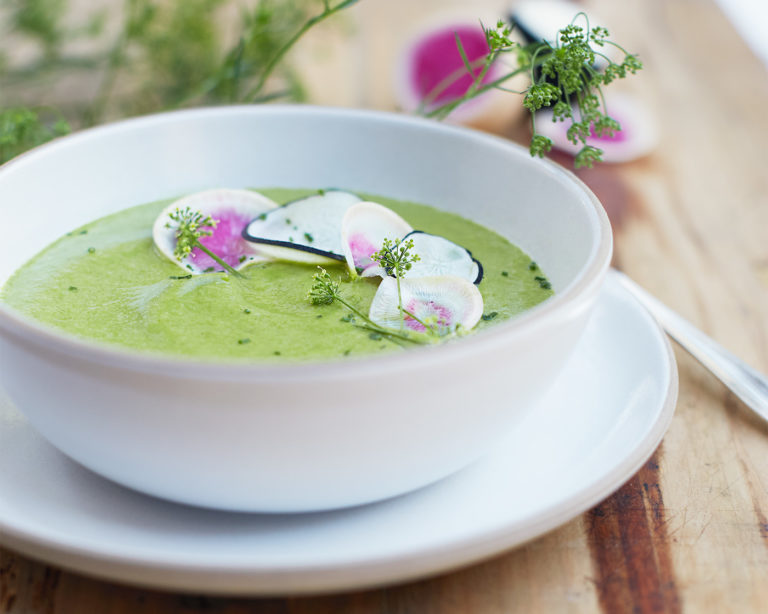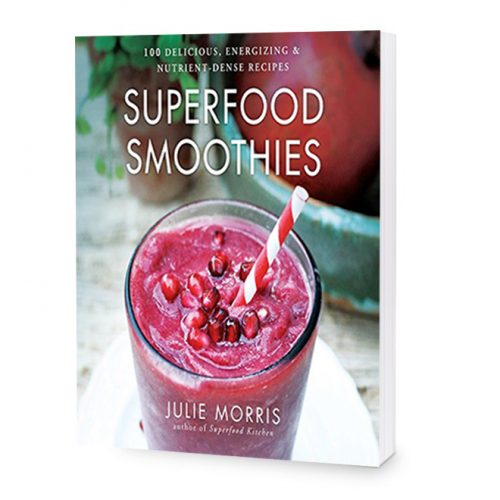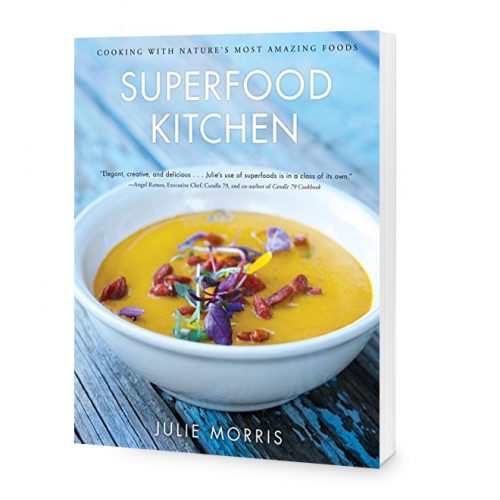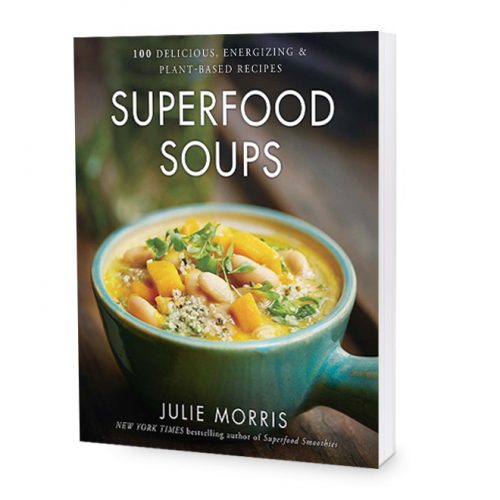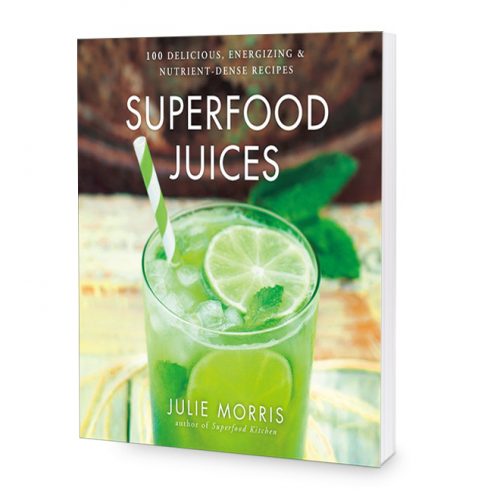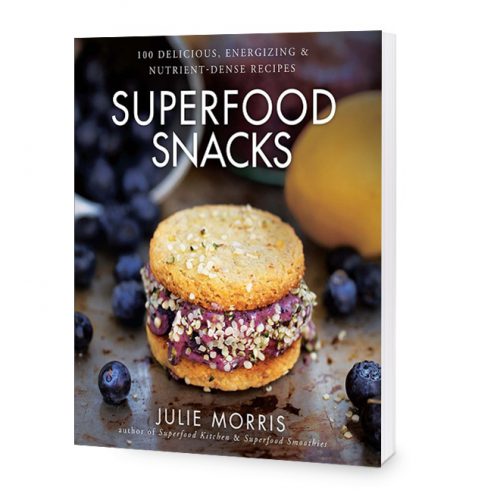It’s a really good thing I have the opportunity to work with food for a living, or I’d undoubtedly be destined to spend my days fully distracted. I think I must have been born musing about what I was going to eat next.
My house is weighed down with cookbooks. Food magazines stuff my mailbox. My computer is backlogged with bookmarked pages of delicious oohs and ahhs that I promise myself I will come back to and try out one day. I read recipes like they were tourism guides to far-off adventures. I read about things that inspire me, and sometimes I read about things that I will never, ever make. I just like “knowing” food.
Like the dedicated food fan I am, I take a sense of pride in watching niche healthy food trends grow into mainstream stars. It’s like seeing that underground band you’ve listened to for years (like seriously, I saw them once in their garage, dude) finally walk into the 20,000 person arena for the first time. You can’t help but sit there with a quintessential index finger-shake, exclaiming, “I knew them back when . . .” while looking to the punk next to you to be impressed. (He’s not.)
This is how I feel about kale crisps. I can’t remember the first book I saw featuring kale crisps (also known as kale chips to some), but one thing I do know is they’ve been around a long time. They’re amazing: somehow, dried-out kale that’s been coated with seasonings, takes a nutrient-dense leafy vegetable and turns it into the most crave-worthy crunchy snacktime. A bizarrely excellent way to consume all the calcium, manganese, protein, fiber and abundant nutrients kale has to offer in the most munchy of munchlicious ways. Kale crisps may not win the beauty contest any time soon, but their flavor and texture is so appealing, their most common description is almost always “addicting.” And this month, when Food & Wine Magazine included kale crisps as a featured recipe, these fantastic niche snacks finally got the stadium gig they deserve. Yes! I totally knew you guys back when.
By this point in time, I have more recipes for kale crisps then I care to admit. There really is no one right formula to make them, but there are a few tricks in getting them to cook properly.
A few suggestions on making the perfect batch of kale crisps:
Keep it fresh: Use the kale when it’s as fresh as possible (don’t put it off in the fridge for a week) as kale gets significantly more bitter as it gets older.
Think big: When tearing the kale into pieces, don’t tear the kale up too small – after it’s dried out it will shrink dramatically, turning smaller pieces into mere crumbs.
Line it up: If using an oven to bake the kale crisps (using a dehydrator is great . . . if you have one), line a cookie sheet with parchment paper before spreading the kale chips on top. Parchment not only makes clean-up a cinch, it also helps even out the cooking and prevent burning.
Stay low: The lower the temperature of baking, the more nutrients remain and the less chance of burning. Try 250-275 degrees (F) as a general rule. This way, the crisps are usually done in 60-90 minutes, and the kitchen hasn’t gone up in smoke.
Ready to make your perfect batch? Here’s a new kale crisp recipe to try out.
Dilled Kale Crisps:
Whether you use an oven or a dehydrator, these are exceptionally flavorful. You can also enjoy this recipe as a delicious fresh kale salad by simply not drying out the kale at all. Note: depending on the size of the kale bunches, you will need more or less salt. Start with just 1/4 tsp and add more if needed.
2 large bunches of latigo (dinosaur) kale
3 tablespoons hemp oil
2 heaping tablespoons chopped fresh dill
1/4 teaspoon black pepper
1 teaspoon garlic powder
1/2 teaspoon sea salt
2 tablespoons fresh lemon juice
2 teaspoons onion powder
Remove the thick parts of the stem from the kale leaves, and tear the leaves into large pieces inside a big bowl.
In a small bowl, mix together the oil, lemon juice, onion powder, sea salt, garlic powder and pepper. Pour this mixture into the kale bowl.
Using your hands, massage the oil mixture into the kale leaves, squeezing and tossing the vegetables as you go to help soften the leaves. Mix for about 2 minutes, then add the dill and toss until combined.
Oven Method: Heat the oven to 250 degrees. Spread the kale out as flatly as possibly onto a couple of baking sheets lined with parchment paper. Bake for 50-80 minutes, or until kale has dried out and is crispy. Keep a close eye on the kale at the end of its cooking process to make sure it does not burn. Store in an airtight container when not eating to prevent the kale from softening.
Dehydrator Method (preferred): Warm the dehydrator to 115 degrees. Spread out the kale onto 4 perforated dehydrator sheets, and dehydrate for 10-12 hours, or until crispy (time may vary depending on relative humidity).
Makes about 4 servings.
Healthy benefits: calcium, protein, manganese, fiber, vitamins (higher if dehydrated – especially C, A & K), broad-spectrum minerals, omega fats.

